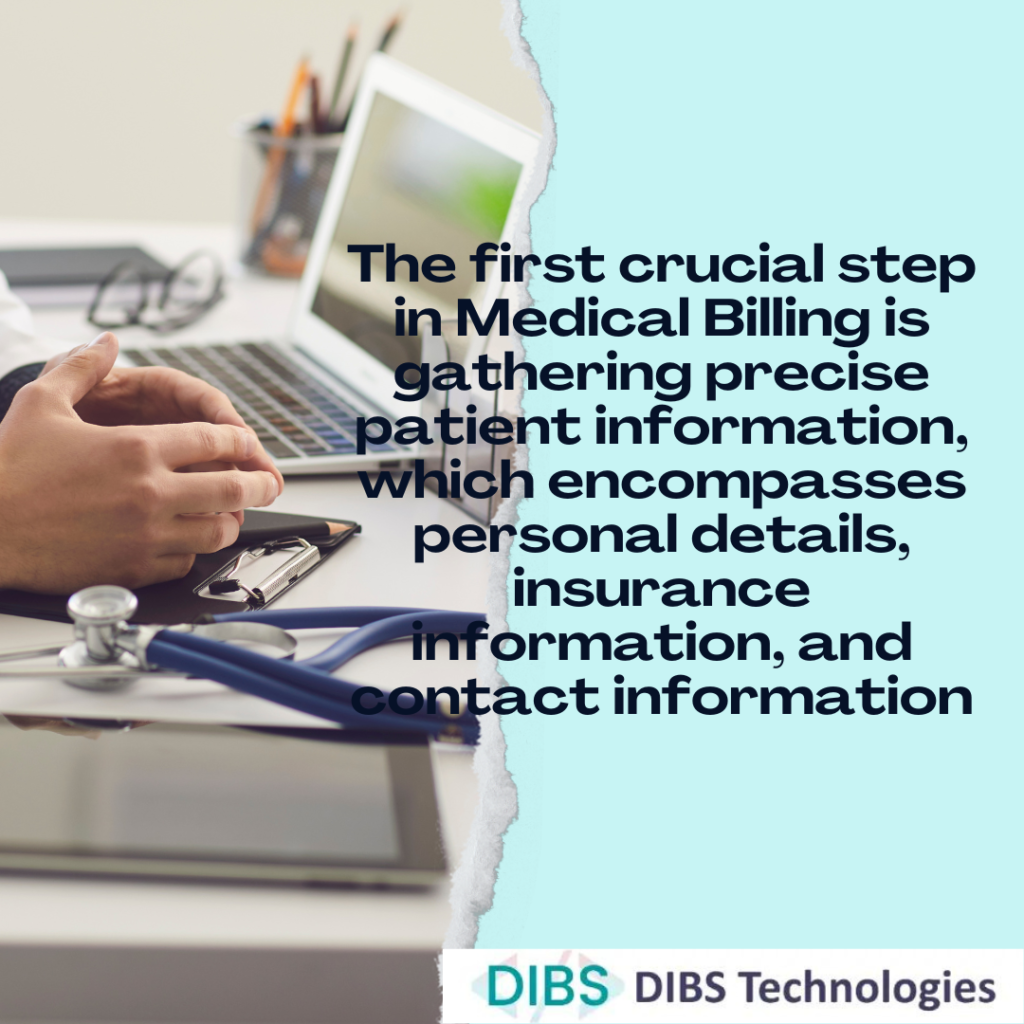In the ever-evolving realm of healthcare management, two essential additives hold the important thing to securing the financial balance of clinical practices – Medical Billing and Revenue Cycle Management (RCM). Although normally interchanged, those standards embody awesome obligations that significantly influence the general prosperity of a healthcare status quo. In this blog, we can discover the intricacies of Medical Billing and Revenue Cycle Management, delineating their disparities and emphasizing their personal significance.
Understanding Medical Billing:
Medical Billing is all approximately getting paid for the services supplied by healthcare providers. This complicated system includes communicating and tracking claims with numerous health insurance corporations. Hence, the key to accomplishing achievement in Medical Billing lies in the meticulous translation of healthcare offerings into universally recognized codes, including CPT and ICD codes. So, these alphanumeric codes play an essential function in making sure to spark an accurate reimbursement for scientific offerings.
Key Components of Medical Billing:
Patient Registration and Demographics:
The first crucial step in Medical Billing is gathering precise patient information, which encompasses personal details, insurance information, and contact information.

Insurance Verification:
By verifying the patient’s insurance coverage, the healthcare provider is equipped with the most up-to-date information about the patient’s policy, which helps to lessen the likelihood of claim denials.
Coding:
Properly coding medical procedures and diagnoses with suitable CPT and ICD codes is crucial in ensuring accurate billing. Hence, it is imperative to assign the appropriate codes to guarantee compliance with insurance regulations, making it a vital aspect of the billing process.
Claim Submission:
After coding, claims are sent off to insurance companies for reimbursement. So, it is crucial to promptly and accurately submit claims to prevent any delays in receiving payment.
Payment Posting:
Once the insurance company finalizes the claim, they meticulously document all payments and adjustments in the billing system. Swift action is taken to resolve any discrepancies that may arise.
Denial Management:
Effectively handling rejected claims entails pinpointing the underlying causes for denial and enacting necessary measures to resubmit the claims for proper compensation.
Decoding Revenue Cycle Management (RCM):
The process of Revenue Cycle Management (RCM) goes far beyond a simple Medical Billing transaction. It encompasses the entirety of a patient’s financial journey with a healthcare facility – starting from their initial appointment booking and extending all the way through to the provider receiving complete payment for their services. Unlike Medical Billing, RCM is a comprehensive solution that encompasses both administrative and clinical tasks, making it a crucial aspect of managing a successful healthcare facility.
Key Components of Revenue Cycle Management:
Appointment Scheduling:
RCM starts with the scheduling of appointments, ensuring efficient patient flow and minimizing gaps in revenue generation.
Patient Registration:
Comprehensive patient registration involves not only gathering demographic and insurance information but also ensuring compliance with regulatory requirements.
Eligibility Verification:
Verifying the patient’s eligibility for insurance coverage is crucial to avoid claim denials and ensure accurate billing.
Charge Capture:
Capturing charges accurately is a critical aspect of RCM, ensuring that all services provided are accounted for in the billing process.
Claims Submission and Tracking:
RCM oversees the entire lifecycle of a claim, from submission to tracking, and manages the resolution of any issues or denials.
Payment Posting and Reconciliation:
RCM includes reconciling payments, managing adjustments, and ensuring that all payments are accurately posted in the financial system.
Accounts Receivable Management:
Efficient management of accounts receivable involves monitoring outstanding payments, following up on overdue balances, and minimizing bad debt.
Reporting and Analytics:
RCM utilizes data analytics to provide insights into the financial health of the healthcare facility, enabling informed decision-making for process improvement.
Key Differences and Integration:
Medical Billing is simply one piece of the puzzle in coping with the financial element of healthcare. Taking a more complete method, Revenue Cycle Management contains a wide range of duties that occur throughout a patient’s whole enjoy. Although they proportion comparable desires, the primary distinction between the 2 lies in their scope. While Medical Billing focuses entirely on claims processing and payment, RCM features a broader attitude. Thus, Medical Billing is a crucial element within the larger framework of RCM.
Integration of Medical Billing and Revenue Cycle Management:
To optimize the financial performance of a healthcare facility, it is essential to integrate Medical Billing seamlessly into the broader framework of Revenue Cycle Management. This integration enhances operational efficiency, reduces errors, and accelerates the reimbursement process. By aligning these processes, healthcare providers can ensure a smoother revenue cycle and improved financial outcomes.
Benefits of Integration:
Streamlined Workflow:
Integrating Medical Billing into the RCM streamlines the entire billing system, reducing redundancies and improving performance.
Reduced Errors and Denials:
Comprehensive integration allows for figuring out and rectifying mistakes at every stage, reducing the chance of claim denials.
Improved Communication:
Seamless verbal exchange among diverse departments concerned within the sales cycle ensures better coordination and quicker problem resolution.
Enhanced Patient Experience:
A properly included RCM system contributes to an effective patient revel by using minimizing billing errors and streamlining monetary interactions.
Data-driven Decision Making:
The integration of reporting and analytics within RCM gives precious insights, empowering healthcare vendors to make informed decisions for continuous development.
Conclusion:
To sum up, the symbiotic dating between Medical Billing and Revenue Cycle Management is critical in the healthcare world. While Medical Billing handles the complicated elements of declaration processing and compensation, Revenue Cycle Management oversees the complete financial journey of an affected person inside a healthcare facility. By merging those techniques, an easy and effective sales cycle is set up, benefiting each healthcare company and sufferers. So, as the healthcare enterprise advances, the partnership between Medical Billing and Revenue Cycle Management will continue to be integral in maintaining the financial well-being of clinical practices.
Talk to our experts and find out more about the latest healthcare technologies. See how the DIBS team can help you improve communication and coordination between healthcare systems, streamline workflows, and enhance patient care.







Leave a Comment